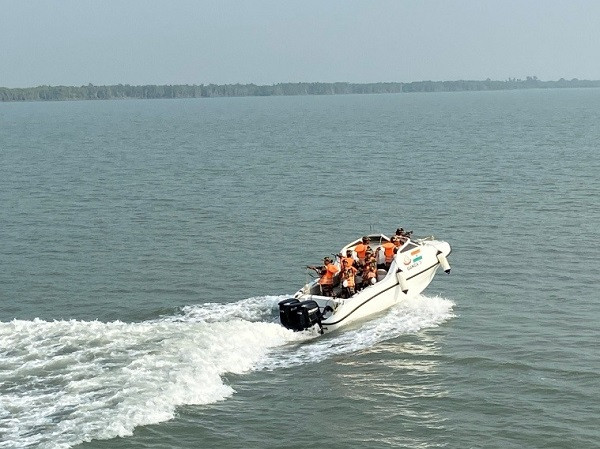Unprotected Riverine Borders in Basirhat's Sundarbans Pose Infiltration Threat

IIE Digital Desk : The unguarded riverine stretches along the India-Bangladesh border in Basirhat's Sundarbans region have emerged as potential infiltration points for militants, raising significant security concerns. The area, characterized by its intricate network of rivers and creeks, presents challenges for effective surveillance and border management.
Basirhat subdivision, located in the North 24 Parganas district of West Bengal, shares a substantial portion of its border with Bangladesh. The Ichhamati River, forming a natural boundary in this region, meanders through the landscape, creating numerous entry points that are difficult to monitor. The complexity of the terrain, combined with the lack of fencing in certain areas, has made the region susceptible to unauthorized crossings.
Security agencies have expressed concerns over the possibility of militants exploiting these vulnerabilities. The porous nature of the border, coupled with the dense mangrove forests of the Sundarbans, provides cover for illicit activities. There have been instances in the past where individuals have crossed over for various purposes, including smuggling and illegal migration.
Efforts have been made to enhance border security in the region. The Border Security Force (BSF) has deployed personnel and established floating border outposts to patrol the waterways. These outposts are equipped with modern surveillance equipment and are manned by specially trained personnel. However, the vastness and complexity of the terrain continue to pose challenges.
Local authorities have also been involved in monitoring and reporting suspicious activities. Community engagement programs aim to raise awareness among residents about the importance of border security and the risks associated with unauthorized crossings. Despite these measures, the threat of infiltration remains a pressing concern.
The situation underscores the need for a comprehensive approach to border management in the Sundarbans region. This includes the integration of advanced surveillance technologies, increased manpower, and collaborative efforts between security agencies and local communities. Addressing the challenges posed by the unprotected riverine borders is crucial to ensuring the safety and security of the region.
You might also like!















